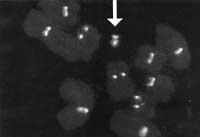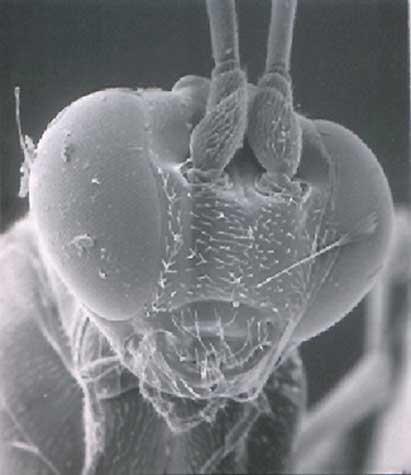The culprit of blindness, bacteria
2002/03/08 Galarraga Aiestaran, Ana - Elhuyar Zientzia

So far it has been considered that Onchocerca volvulus is the cause of oncosis. In fact, one of the phases of the parasite is in the form of microfilaria, and scientists considered that the excess response of the immune system (and therefore inflammation) was due to the presence of fragments of dead microfilists. However, researchers at Case Western Reserve University in the USA discover that the bacteria Wolbachia, which carries parasites, also participates in the disease.

This bacteria is common in both this parasite and other insects and parasites. In the case of oncosis, it has been detected that the parasite needs a bacteria to increase. Research has been done with genetically modified mice and it has been shown that the bacteria-free parasite does not cause serious diseases. In addition, in the eye they have found a receptor especially sensitive to Wolbachia, a receptor essential to respond to the immune system.
If the results of the research are correct, antibiotics can be very useful against the disease. However, researchers fear that this will not make the bacteria resistant to the drug, which would make it even more harmful.

Gai honi buruzko eduki gehiago
Elhuyarrek garatutako teknologia






